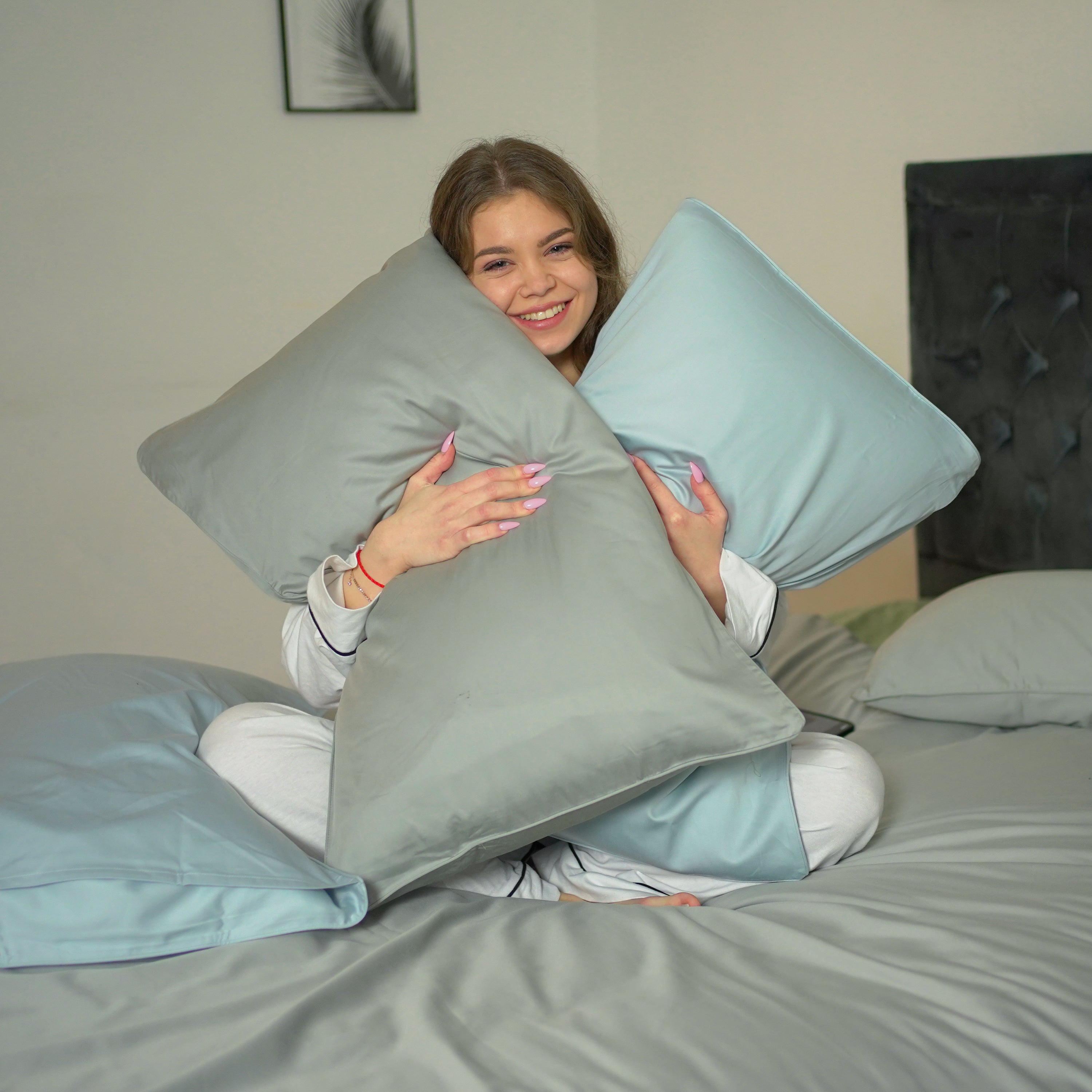For allergy sufferers, creating a sleep environment free of irritants is essential for a good night’s rest. The right hypoallergenic bedding can reduce exposure to allergens such as dust mites, pet dander, and mould, ensuring a healthier and more comfortable sleep. With this guide to the best sheets for allergies, you’ll discover practical solutions for managing sensitivities and improving your overall well-being.
1. Why Hypoallergenic Bedding Matters
Hypoallergenic bedding is specially designed to minimise the accumulation of allergens. Studies show that dust mites, a common allergen, can be found in up to 10 million homes in the UK. For those with asthma or allergies, reducing exposure to these irritants is crucial. Allergy-friendly sheets and bedding materials provide a barrier against dust mites and other triggers, helping to alleviate symptoms.
2. Top Materials for Allergy-Friendly Sheets
Choosing the right material is the first step in creating an allergy-safe sleep environment. Here are the best options for hypoallergenic bedding:
-
Organic Cotton: Free from harmful chemicals and pesticides, organic cotton is breathable, durable, and naturally resistant to dust mites.
-
Bamboo: Bamboo’s natural antimicrobial properties make it an excellent choice for allergy sufferers. It also wicks moisture, preventing mould and mildew growth.
-
Tencel: Made from eucalyptus fibres, Tencel is hypoallergenic, soft, and highly effective at resisting allergens.
-
Microfiber: Densely woven microfiber creates a barrier that dust mites and allergens cannot penetrate.
3. Key Features to Look For
When selecting the best sheets for allergies, consider the following features:
-
Dust Mite Resistance: Ensure that your bedding is tightly woven to block allergens.
-
Breathability: Opt for materials that allow airflow to prevent moisture buildup.
-
Machine Washable: Regular washing at high temperatures is essential for removing allergens.
4. Protective Bedding Accessories
Enhance your allergy-friendly sleep setup with protective accessories:
-
Mattress Encasements: A fully enclosed mattress protector prevents allergens from accumulating inside your mattress.
-
Pillow Protectors: These covers shield your pillows from dust mites and other allergens.
-
Duvet Covers: Hypoallergenic duvet covers create an additional barrier and are easy to wash regularly.
5. Maintenance Tips for Allergy-Friendly Bedding
Proper care of your bedding is key to maintaining an allergy-safe environment:
-
Wash Bedding Weekly: Wash your sheets, pillowcases, and duvet covers in hot water (at least 60°C) to kill dust mites and remove allergens.
-
Dry Thoroughly: Ensure your bedding is completely dry before use to prevent mould growth.
-
Avoid Scented Products: Fragrances in detergents and fabric softeners can trigger sensitivities.
-
Vacuum Your Mattress: Use a vacuum cleaner with a HEPA filter to remove allergens from your mattress.
6. The Impact of Allergy-Friendly Bedding
Switching to hypoallergenic bedding can significantly improve sleep quality. Research shows that allergy-proof bedding can reduce nighttime allergy symptoms by 60%, leading to fewer disruptions and better rest. This simple change can have a profound impact on your overall health and daily productivity.
Final Thoughts
For those prone to allergies, investing in hypoallergenic bedding is a game-changer. By choosing allergy-friendly sheets and protective accessories, you can create a sleep environment that’s clean, comfortable, and free from irritants. With materials like bamboo, organic cotton, and microfiber, finding the best sheets for allergies has never been easier. Say goodbye to restless nights and hello to a healthier, more peaceful sleep.


























